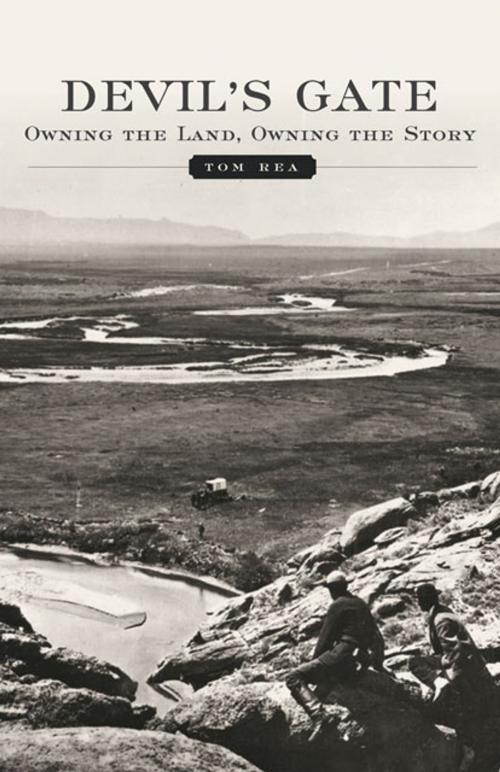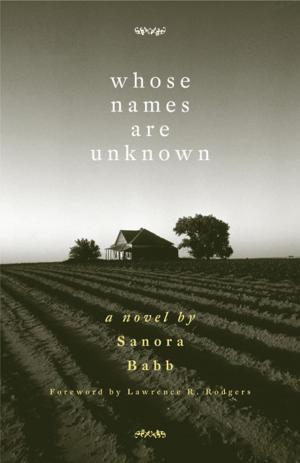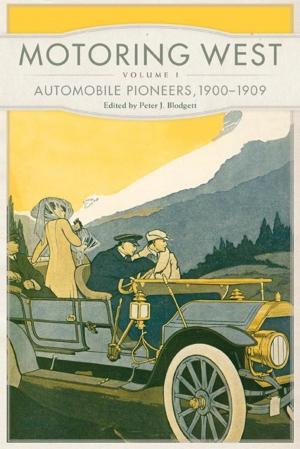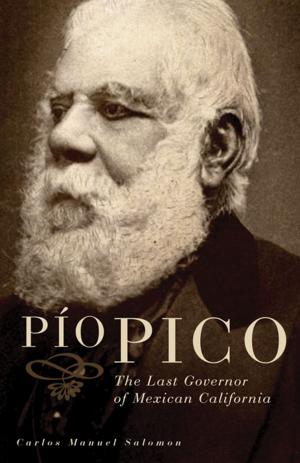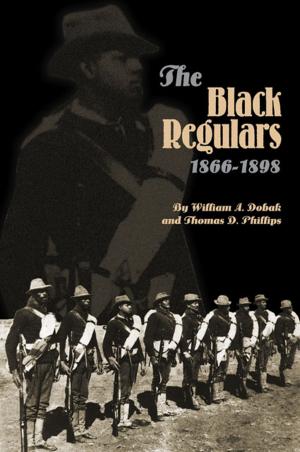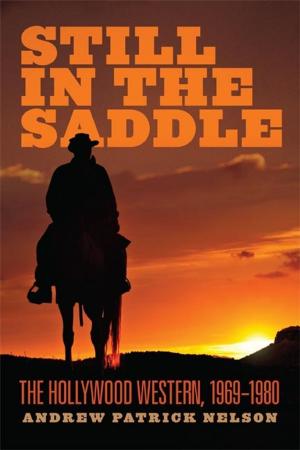Devil's Gate
Owning the Land, Owning the Story
Nonfiction, Religion & Spirituality, Christianity, Denominations, Mormonism, History, Americas, United States, 19th Century| Author: | Tom Rea | ISBN: | 9780806184944 |
| Publisher: | University of Oklahoma Press | Publication: | March 1, 2012 |
| Imprint: | University of Oklahoma Press | Language: | English |
| Author: | Tom Rea |
| ISBN: | 9780806184944 |
| Publisher: | University of Oklahoma Press |
| Publication: | March 1, 2012 |
| Imprint: | University of Oklahoma Press |
| Language: | English |
Devil’s Gate—the name conjures difficult passage and portends a doubtful outcome. In this eloquent and captivating narrative, Tom Rea traces the history of the Sweetwater River valley in central Wyoming—a remote place including Devil’s Gate, Independence Rock, and other sites along a stretch of the Oregon Trail—to show how ownership of a place can translate into owning its story.
Seemingly in the middle of nowhere, Devil’s Gate is the center of a landscape that threatens to shrink any inhabitants to insignificance except for one thing: ownership of the land and the stories they choose to tell about it. The static serenity of the once heavily traveled region masks a history of conflict.
Tom Sun, an early rancher, played a role here in the lynching of the only woman ever hanged in Wyoming. The lynching was dismissed as swift frontier justice in the wake of cattle theft, but Rea finds more complicated motives that involve land and water rights. The Sun name was linked with the land for generations. In the 1990s, the Mormon Church purchased part of the Sun ranch to memorialize Martin’s Cove as the site of handcart pioneers who froze to death in the valley in 1856.
The treeless, arid country around Devil’s Gate seems too immense for ownership. But stories run with the land. People who own the land can own the stories, at least for a time.
Devil’s Gate—the name conjures difficult passage and portends a doubtful outcome. In this eloquent and captivating narrative, Tom Rea traces the history of the Sweetwater River valley in central Wyoming—a remote place including Devil’s Gate, Independence Rock, and other sites along a stretch of the Oregon Trail—to show how ownership of a place can translate into owning its story.
Seemingly in the middle of nowhere, Devil’s Gate is the center of a landscape that threatens to shrink any inhabitants to insignificance except for one thing: ownership of the land and the stories they choose to tell about it. The static serenity of the once heavily traveled region masks a history of conflict.
Tom Sun, an early rancher, played a role here in the lynching of the only woman ever hanged in Wyoming. The lynching was dismissed as swift frontier justice in the wake of cattle theft, but Rea finds more complicated motives that involve land and water rights. The Sun name was linked with the land for generations. In the 1990s, the Mormon Church purchased part of the Sun ranch to memorialize Martin’s Cove as the site of handcart pioneers who froze to death in the valley in 1856.
The treeless, arid country around Devil’s Gate seems too immense for ownership. But stories run with the land. People who own the land can own the stories, at least for a time.
